 Technology peripherals
Technology peripherals
 AI
AI
 Among the top ten technology trends predicted by DAMO Academy in 2023, which one are you looking for?
Among the top ten technology trends predicted by DAMO Academy in 2023, which one are you looking for?
Among the top ten technology trends predicted by DAMO Academy in 2023, which one are you looking for?
Over the past century, the evolution of digital technology has promoted human technological progress and industrial development. We are currently experiencing the fastest development stage of digital technology. Digitalization, networking, and intelligence have made the integration and collaboration of the digital world and the physical world closer.
With the continuous advancement of technology, large models represented by the GPT series models have shown super performance, and the subsequent ChatGPT is even more amazing. This model can win Come chat, search, write code, debug... The development of artificial intelligence is moving from single-modal intelligence such as text, voice, and vision to general artificial intelligence that integrates multiple modalities.
Not only that, many dazzling researches have emerged in the AI industry this year, such as PaLM and Pathways released by Google, InstructGPT launched by OpenAI, DeepMind has been committed to reinforcement learning to conquer games and Research on AI for science...
So in 2023, what technologies are worth paying attention to in the technology circle?
Today, DAMO Academy released the top ten technology trends for 2023, covering technologies such as generative AI, chiplet modular design packaging, and new cloud computing architecture. A quick overview is as follows:
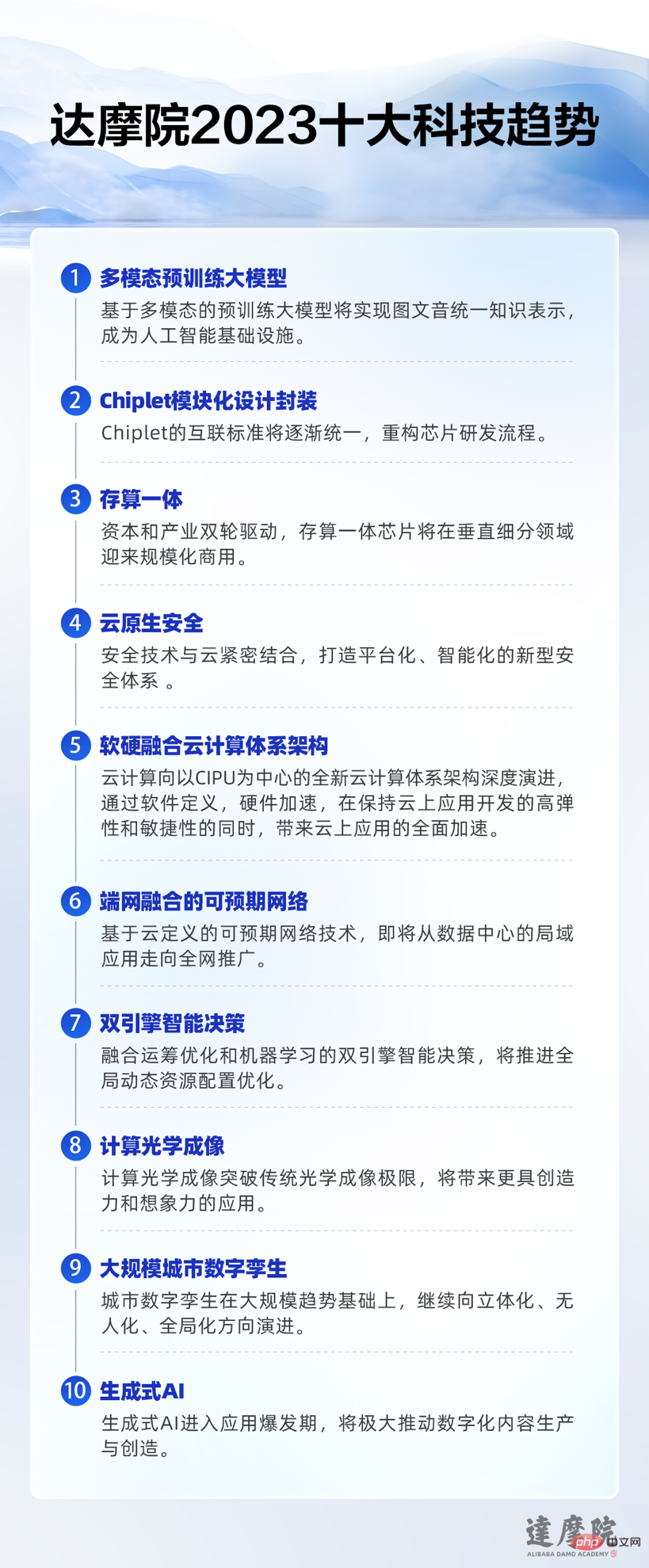
Specifically, the large multi-modal pre-training model that everyone is paying attention to is the prediction of the technology trend of DAMO Academy this year. one of the focuses. The large pre-trained model based on multi-modality will realize the unified knowledge representation of pictures, texts and sounds and become the artificial intelligence infrastructure. Currently, outstanding technological advances come from CLIP (matching images and text) and BEiT-3 (universal multimodal base model). Based on multi-domain knowledge, building a unified, cross-scenario, multi-task multi-modal basic model has become a key development direction of artificial intelligence. In the future, large models will serve as infrastructure to realize unified knowledge representation of images, text, and audio, and evolve towards cognitive intelligence that can reason, answer questions, summarize, and create creations.
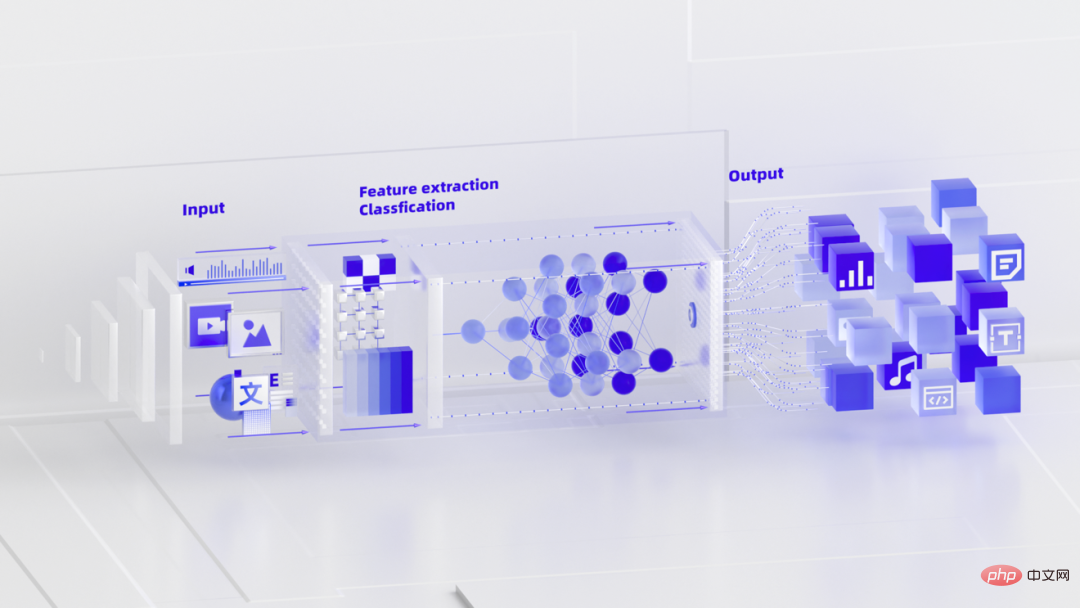
Cloud computing has always been the center of technological innovation in the digital age: predictable network technology based on cloud definition will move from local applications in data centers to Network-wide promotion; cloud-native security technology born from the cloud will promote the formation of a platform-based and intelligent new security system; the cloud is also redefining the computing system architecture, from a traditional CPU-centered architecture to a cloud-based A new architecture evolution centered on the Infrastructure Processor (CIPU). In the future, the integration of software and hardware defined by the cloud will achieve deep integration at the system level.
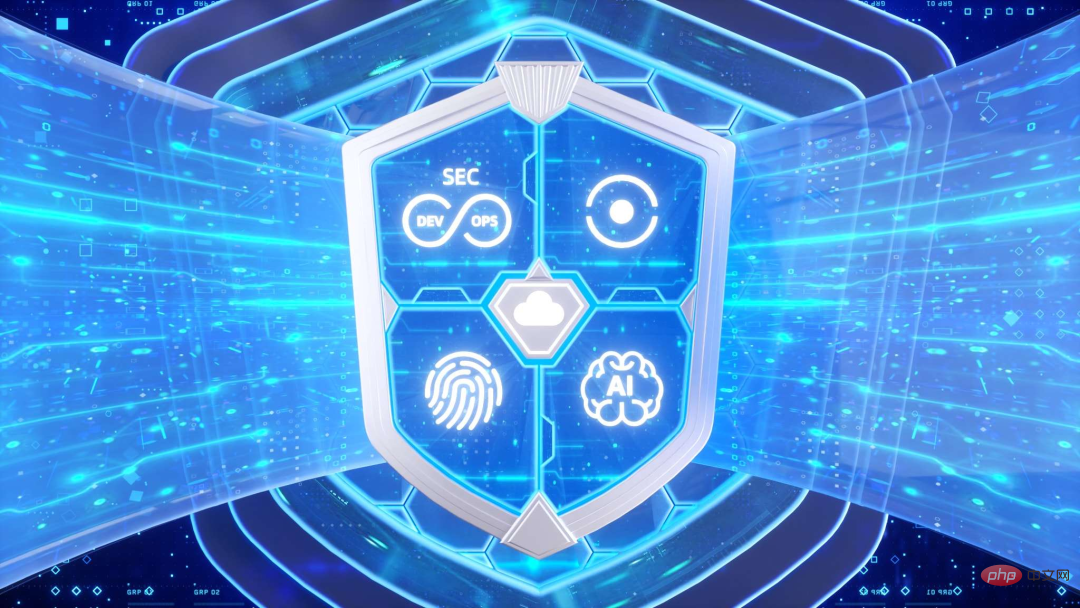
##Cloud native security
Chip field Seeking a breakthrough amid the surge in demand for computing power and the slowdown of Moore's Law, DAMO Academy predicts that storage and computing integration and Chiplet modular design and packaging will make great progress: in-memory computing based on mature memories such as SRAM and NOR Flash is expected to be used in smart devices. Scenarios such as home furnishings and wearable devices have achieved large-scale commercial use; the gradual unification of chiplet interconnection standards will restructure the chip R&D process.

Chiplet modular design packaging is expected to reshape the chip industry pattern
The iterative evolution of basic technologies will inevitably give rise to new scenarios and new industries. The trends most favored by DAMO Academy this year include computational optical imaging, digital twin cities, dual-engine intelligent decision-making, etc.
Computational optical imaging technology is expected to break through the physical limits of traditional optics and help humans touch things they have never seen; smart cities have completed comprehensive breakthroughs in key technologies such as precise mapping, generation rendering, and simulation deduction, and will evolve from a single scene to Large-scale urban digital twins help humans understand and manage cities more comprehensively; the intelligent decision-making system realizes the joint drive of operations optimization and machine learning, and solves complex real-time changing problems for humans such as power grid dispatching, port throughput management, and airport shutdown arrangements. to provide more valuable optimization answers.
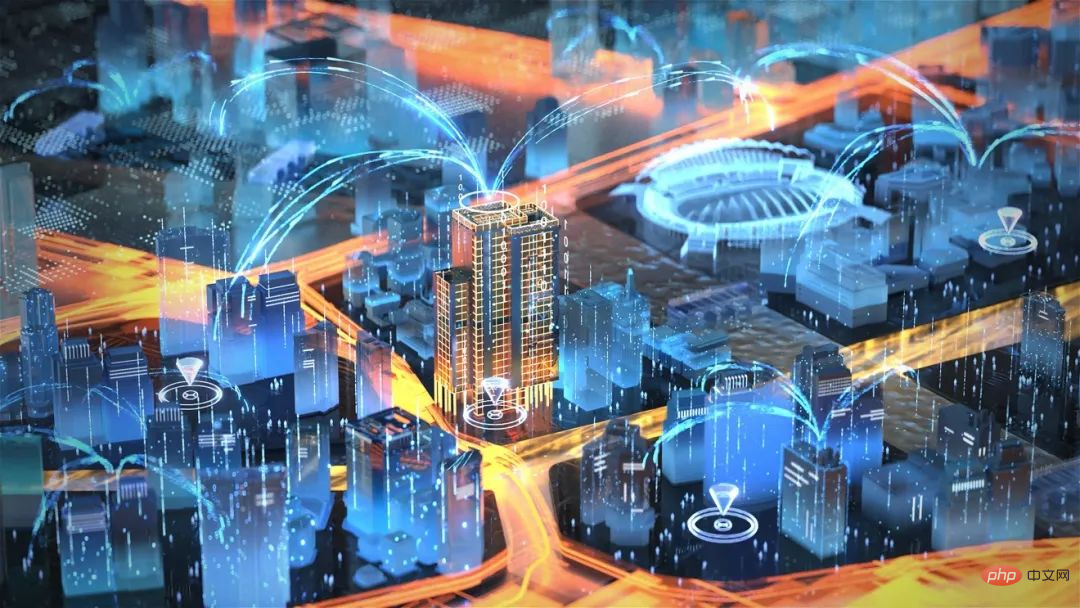
Large-scale urban digital twins are evolving towards three-dimensional, unmanned and global
The last one is generative AI (Generative AI or AIGC), which is a technology that uses existing text, audio files or images to create new content. In the past year, its technical progress mainly came from three major fields: the field of image generation, diffusion model represented by DALL・E-2 and Stable Diffusion; the field of natural language processing (NLP) based on GPT-3.5 ChatGPT; the code generation field is based on GPT-3 Copilot. Generative AI at this stage is usually used to generate product prototypes or first drafts, and its application scenarios include graphic creation, code generation, games, advertising, art and graphic design, etc. In the future, generative AI will become a popular basic technology, greatly improving the richness, creativity and production efficiency of digital content. Its application boundaries will also expand to more fields as technology advances and costs decrease.
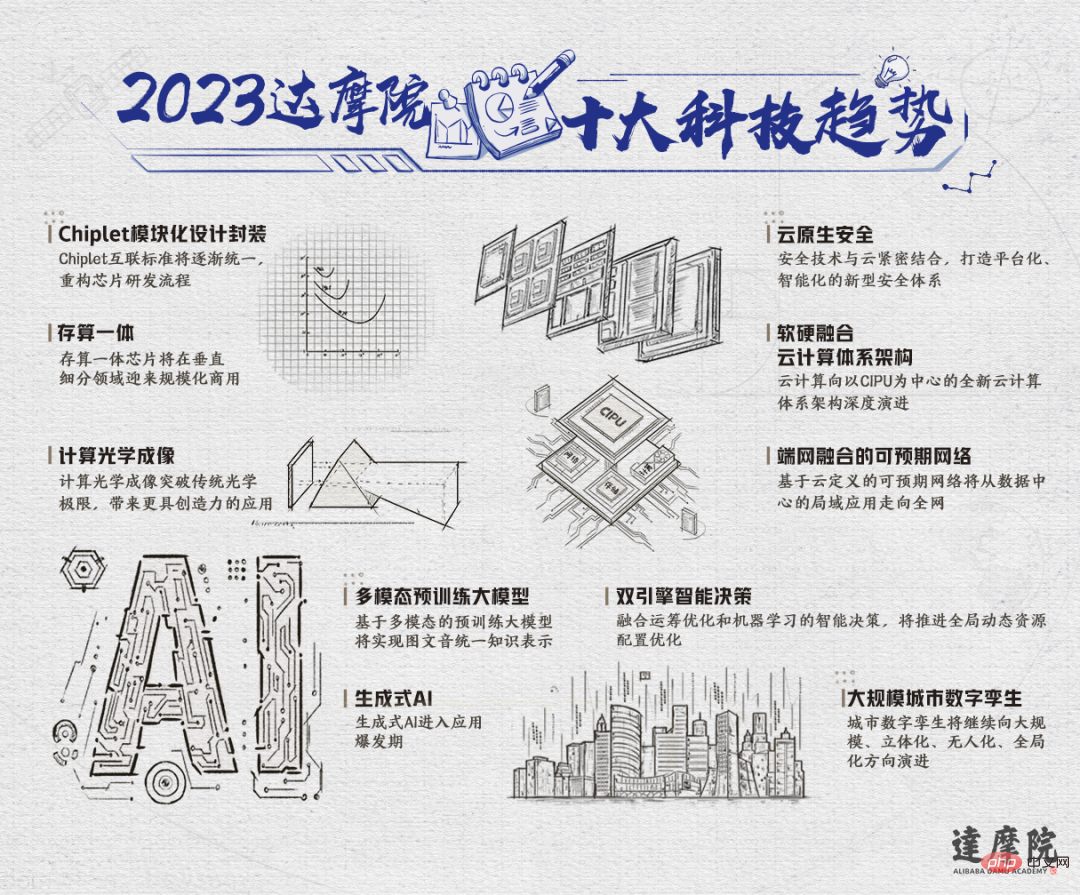
The above are the 2023 technology trends released by DAMO Academy. Which direction are you most optimistic about?
The above is the detailed content of Among the top ten technology trends predicted by DAMO Academy in 2023, which one are you looking for?. For more information, please follow other related articles on the PHP Chinese website!

Hot AI Tools

Undresser.AI Undress
AI-powered app for creating realistic nude photos

AI Clothes Remover
Online AI tool for removing clothes from photos.

Undress AI Tool
Undress images for free

Clothoff.io
AI clothes remover

AI Hentai Generator
Generate AI Hentai for free.

Hot Article

Hot Tools

Notepad++7.3.1
Easy-to-use and free code editor

SublimeText3 Chinese version
Chinese version, very easy to use

Zend Studio 13.0.1
Powerful PHP integrated development environment

Dreamweaver CS6
Visual web development tools

SublimeText3 Mac version
God-level code editing software (SublimeText3)

Hot Topics
 1378
1378
 52
52
 How to configure Debian Apache log format
Apr 12, 2025 pm 11:30 PM
How to configure Debian Apache log format
Apr 12, 2025 pm 11:30 PM
This article describes how to customize Apache's log format on Debian systems. The following steps will guide you through the configuration process: Step 1: Access the Apache configuration file The main Apache configuration file of the Debian system is usually located in /etc/apache2/apache2.conf or /etc/apache2/httpd.conf. Open the configuration file with root permissions using the following command: sudonano/etc/apache2/apache2.conf or sudonano/etc/apache2/httpd.conf Step 2: Define custom log formats to find or
 How Tomcat logs help troubleshoot memory leaks
Apr 12, 2025 pm 11:42 PM
How Tomcat logs help troubleshoot memory leaks
Apr 12, 2025 pm 11:42 PM
Tomcat logs are the key to diagnosing memory leak problems. By analyzing Tomcat logs, you can gain insight into memory usage and garbage collection (GC) behavior, effectively locate and resolve memory leaks. Here is how to troubleshoot memory leaks using Tomcat logs: 1. GC log analysis First, enable detailed GC logging. Add the following JVM options to the Tomcat startup parameters: -XX: PrintGCDetails-XX: PrintGCDateStamps-Xloggc:gc.log These parameters will generate a detailed GC log (gc.log), including information such as GC type, recycling object size and time. Analysis gc.log
 How to implement file sorting by debian readdir
Apr 13, 2025 am 09:06 AM
How to implement file sorting by debian readdir
Apr 13, 2025 am 09:06 AM
In Debian systems, the readdir function is used to read directory contents, but the order in which it returns is not predefined. To sort files in a directory, you need to read all files first, and then sort them using the qsort function. The following code demonstrates how to sort directory files using readdir and qsort in Debian system: #include#include#include#include#include//Custom comparison function, used for qsortintcompare(constvoid*a,constvoid*b){returnstrcmp(*(
 How to optimize the performance of debian readdir
Apr 13, 2025 am 08:48 AM
How to optimize the performance of debian readdir
Apr 13, 2025 am 08:48 AM
In Debian systems, readdir system calls are used to read directory contents. If its performance is not good, try the following optimization strategy: Simplify the number of directory files: Split large directories into multiple small directories as much as possible, reducing the number of items processed per readdir call. Enable directory content caching: build a cache mechanism, update the cache regularly or when directory content changes, and reduce frequent calls to readdir. Memory caches (such as Memcached or Redis) or local caches (such as files or databases) can be considered. Adopt efficient data structure: If you implement directory traversal by yourself, select more efficient data structures (such as hash tables instead of linear search) to store and access directory information
 How to configure firewall rules for Debian syslog
Apr 13, 2025 am 06:51 AM
How to configure firewall rules for Debian syslog
Apr 13, 2025 am 06:51 AM
This article describes how to configure firewall rules using iptables or ufw in Debian systems and use Syslog to record firewall activities. Method 1: Use iptablesiptables is a powerful command line firewall tool in Debian system. View existing rules: Use the following command to view the current iptables rules: sudoiptables-L-n-v allows specific IP access: For example, allow IP address 192.168.1.100 to access port 80: sudoiptables-AINPUT-ptcp--dport80-s192.16
 How debian readdir integrates with other tools
Apr 13, 2025 am 09:42 AM
How debian readdir integrates with other tools
Apr 13, 2025 am 09:42 AM
The readdir function in the Debian system is a system call used to read directory contents and is often used in C programming. This article will explain how to integrate readdir with other tools to enhance its functionality. Method 1: Combining C language program and pipeline First, write a C program to call the readdir function and output the result: #include#include#include#includeintmain(intargc,char*argv[]){DIR*dir;structdirent*entry;if(argc!=2){
 How to learn Debian syslog
Apr 13, 2025 am 11:51 AM
How to learn Debian syslog
Apr 13, 2025 am 11:51 AM
This guide will guide you to learn how to use Syslog in Debian systems. Syslog is a key service in Linux systems for logging system and application log messages. It helps administrators monitor and analyze system activity to quickly identify and resolve problems. 1. Basic knowledge of Syslog The core functions of Syslog include: centrally collecting and managing log messages; supporting multiple log output formats and target locations (such as files or networks); providing real-time log viewing and filtering functions. 2. Install and configure Syslog (using Rsyslog) The Debian system uses Rsyslog by default. You can install it with the following command: sudoaptupdatesud
 Where is the Debian Nginx log path
Apr 12, 2025 pm 11:33 PM
Where is the Debian Nginx log path
Apr 12, 2025 pm 11:33 PM
In the Debian system, the default storage locations of Nginx's access log and error log are as follows: Access log (accesslog):/var/log/nginx/access.log Error log (errorlog):/var/log/nginx/error.log The above path is the default configuration of standard DebianNginx installation. If you have modified the log file storage location during the installation process, please check your Nginx configuration file (usually located in /etc/nginx/nginx.conf or /etc/nginx/sites-available/ directory). In the configuration file



